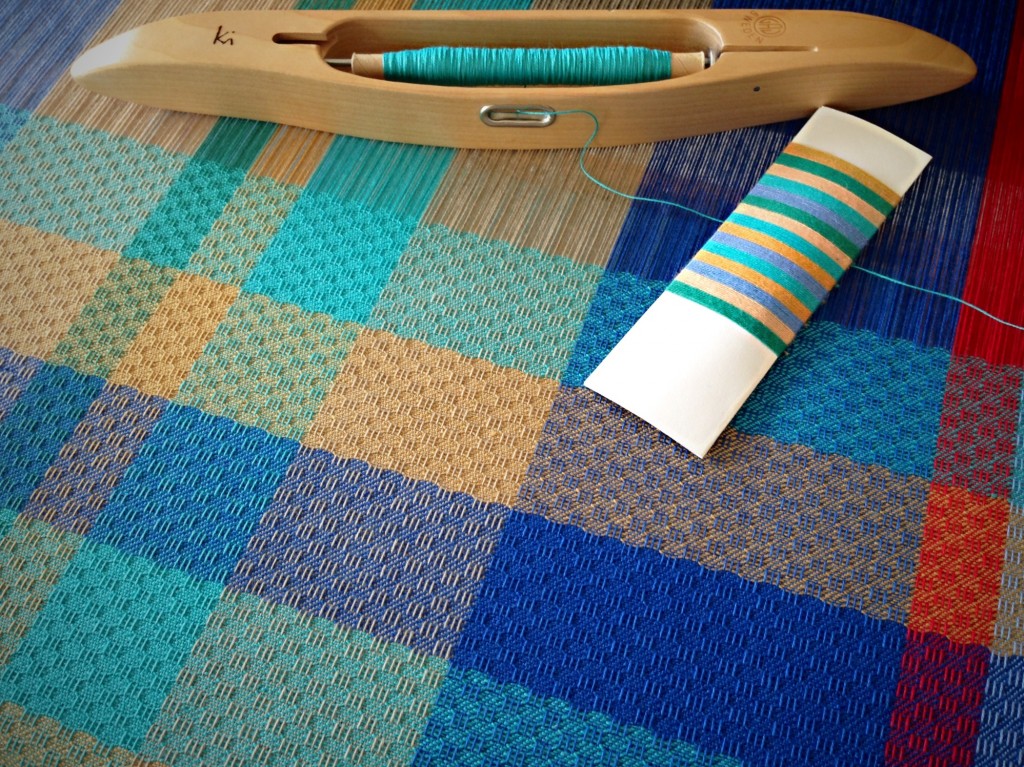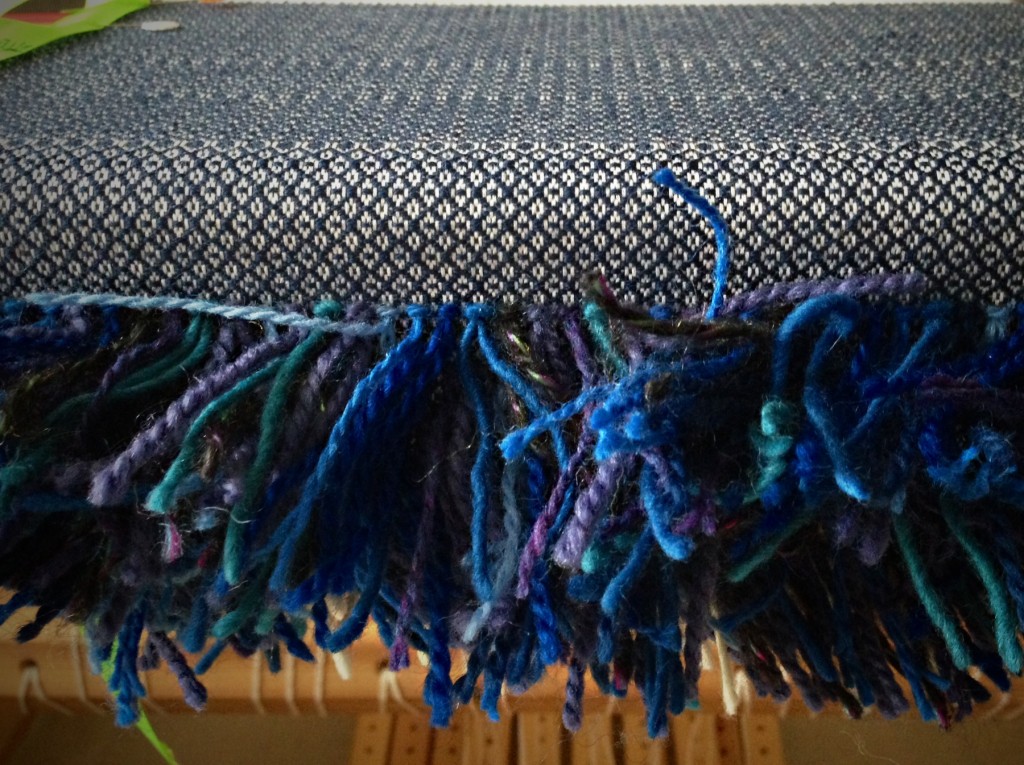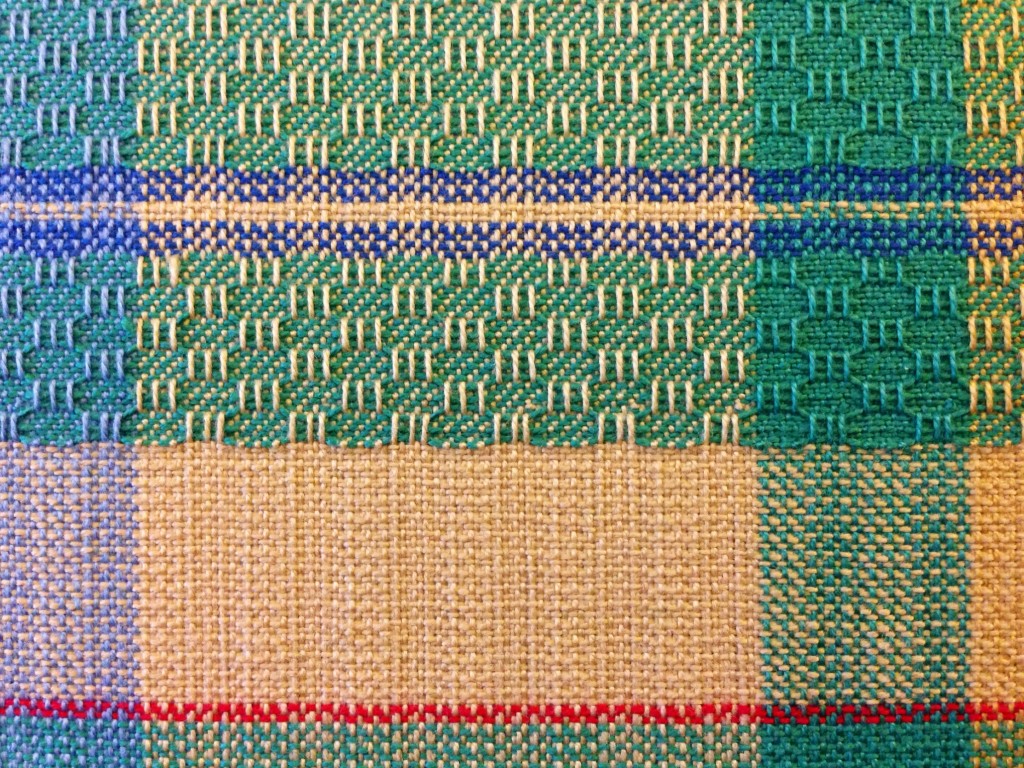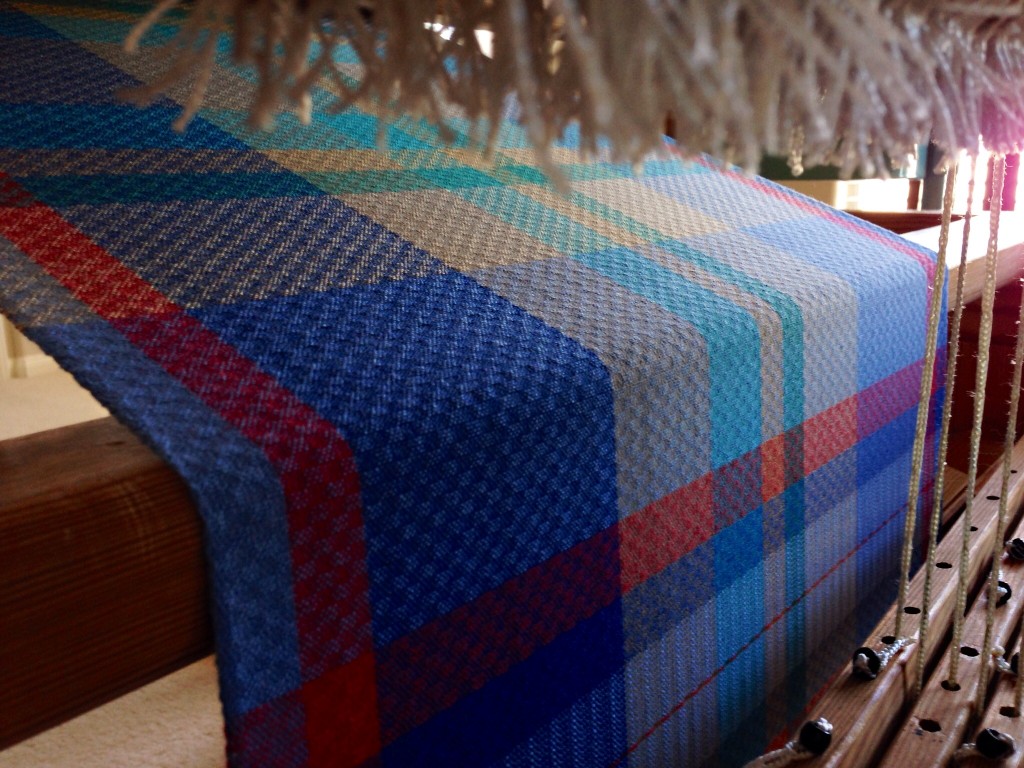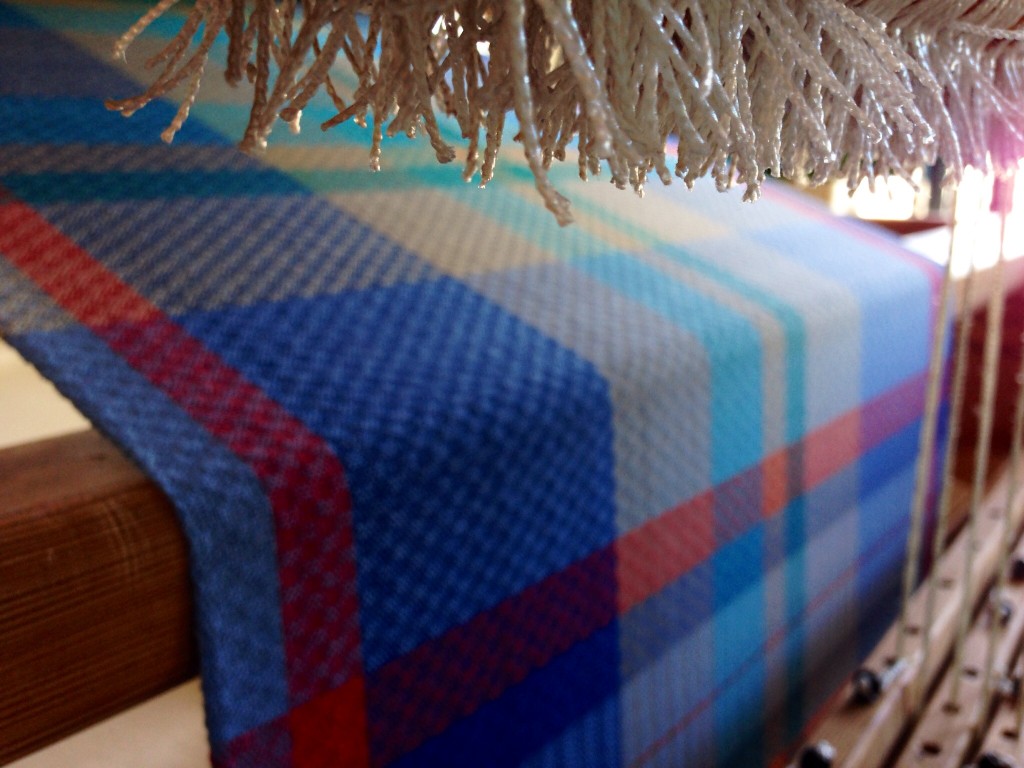If I show you pictures of the bands and pieces of cloth I have woven, you might think they look perfect. That’s because the photographer (me) stages the photos so you get the best impression of the work. If you look closely enough for imperfections, trust me, you will find them. We all know that only God is perfect, so why are we so consumed with trying to reach perfection?
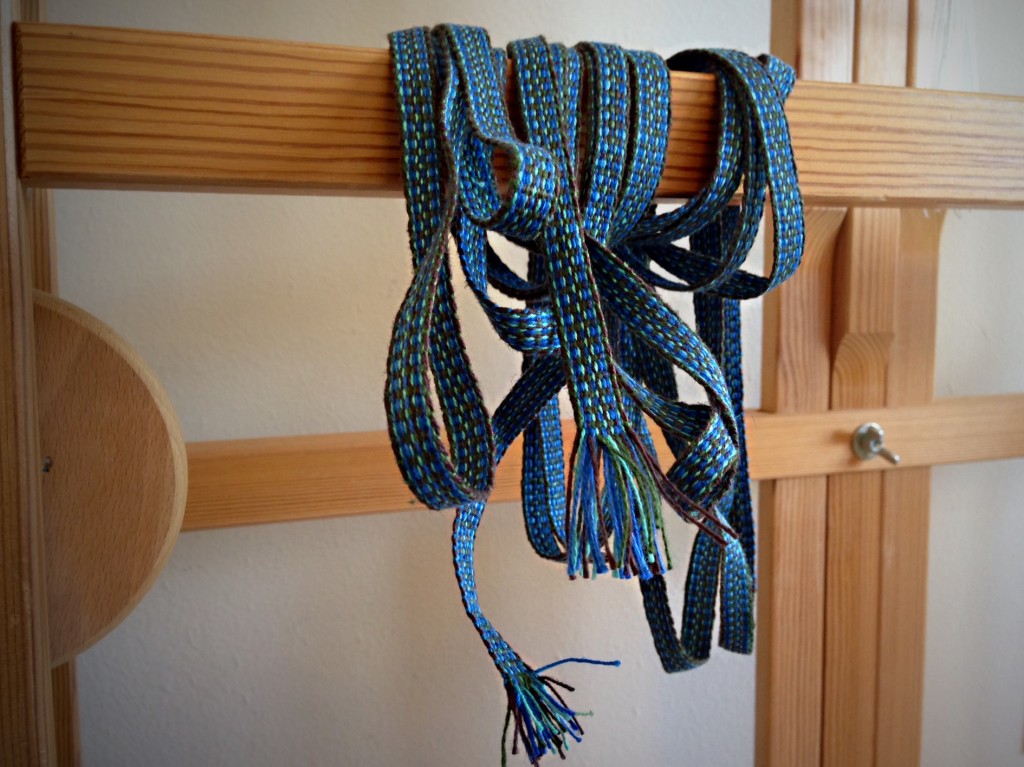
We think that if we are good or do enough good things we will make God happy. A lot of people have been practicing; so, if practice makes perfect, why isn’t anyone perfect yet? Most of all, me. How can I stand before my grand weaver and expect him to overlook all my imperfections? My camera tricks are useless.
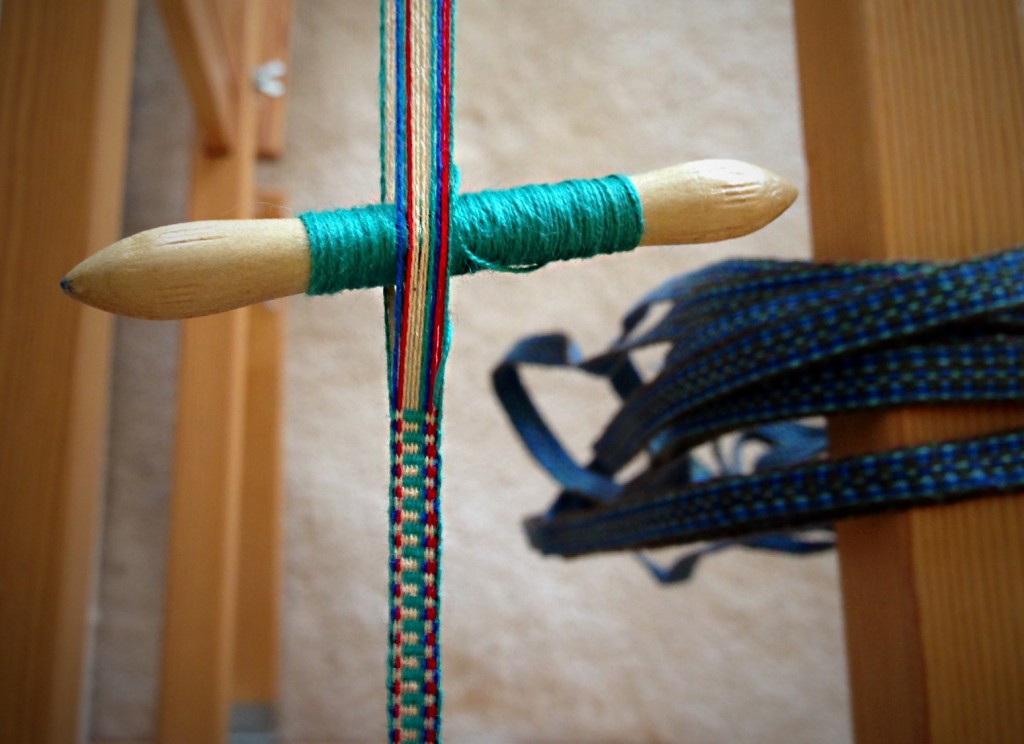
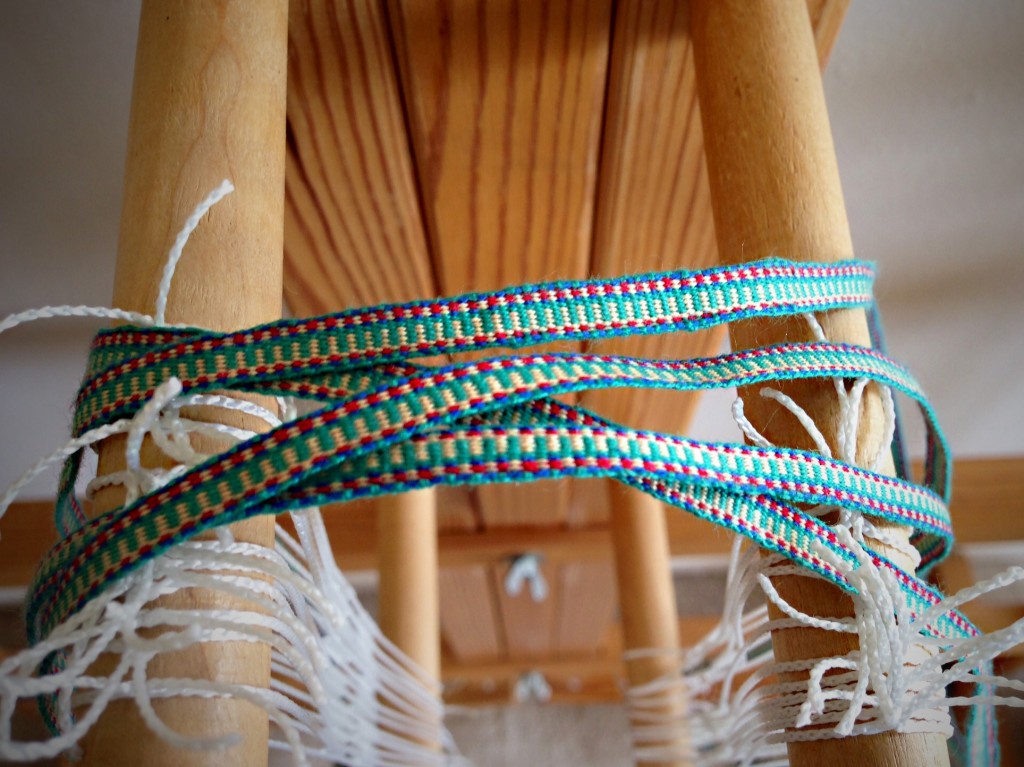
Jesus takes my place before God. His perfection covers my imperfect deeds. My simple part is to put my trust in him. His cross took all my failures to the grave. Now, when my grand weaver sees me, he notices the perfection of his original design as seen in Jesus, his son.
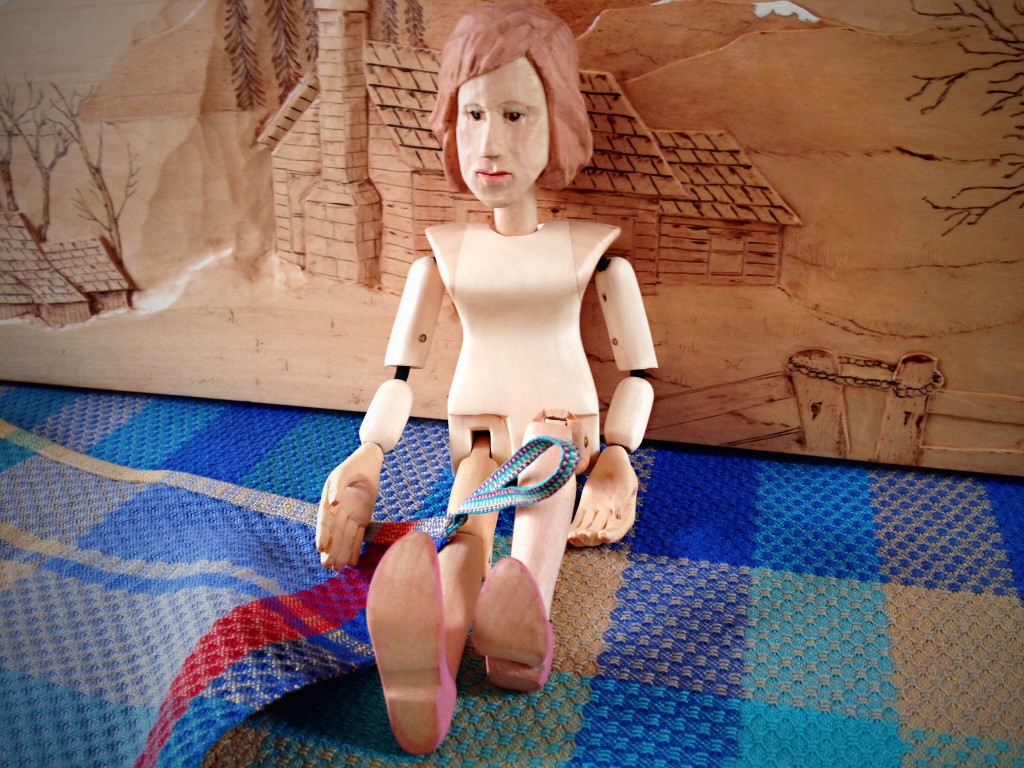
May you be who you were designed to be.
Weaving onward,
Karen

